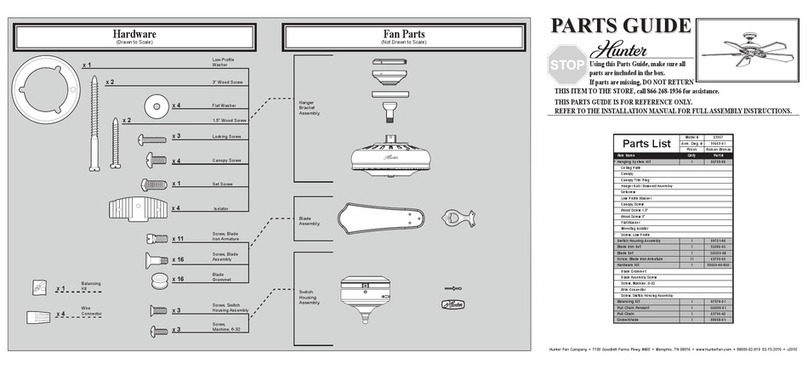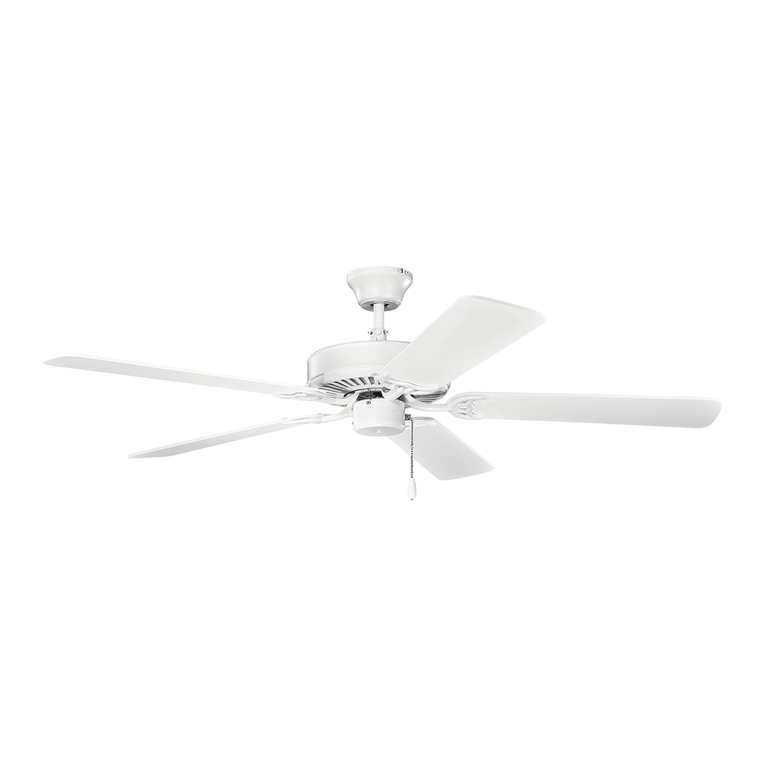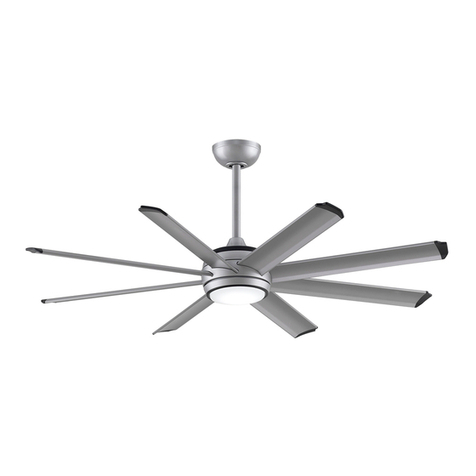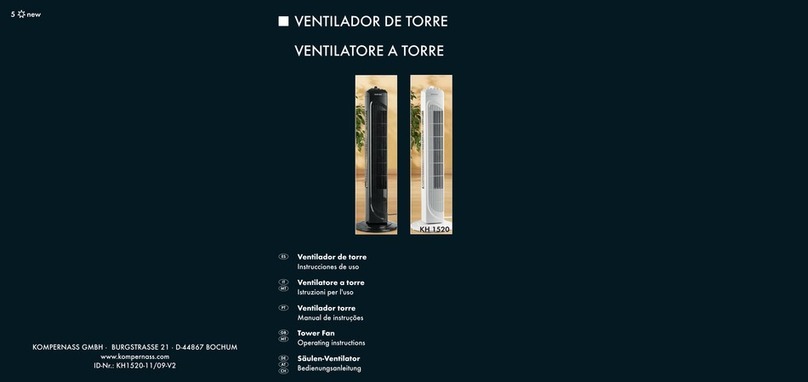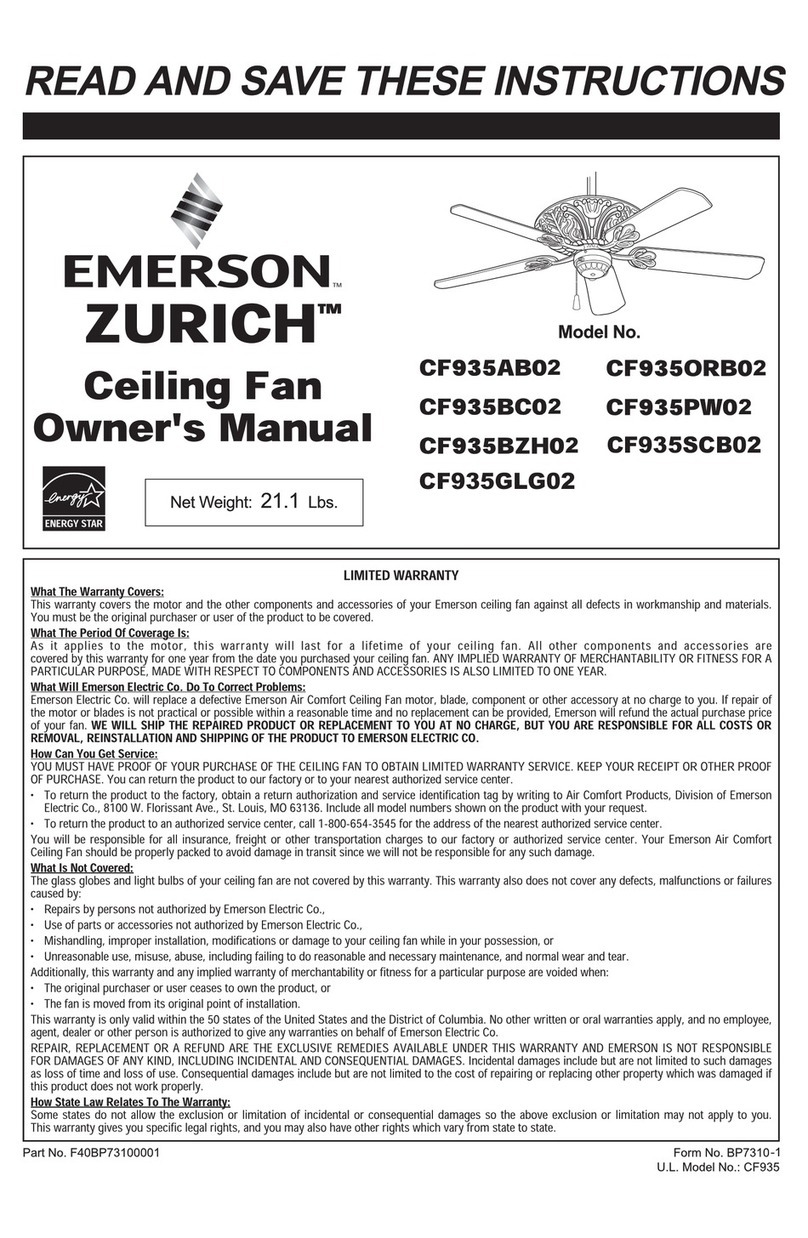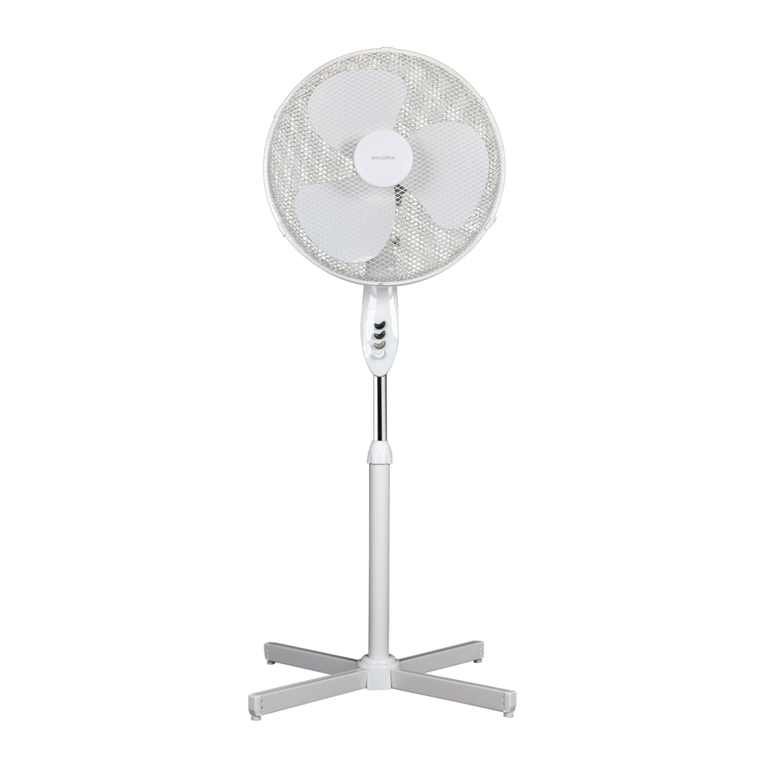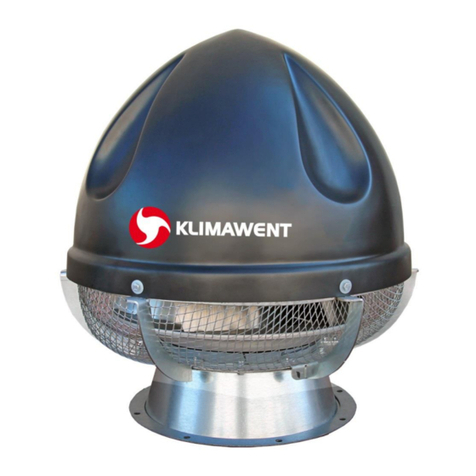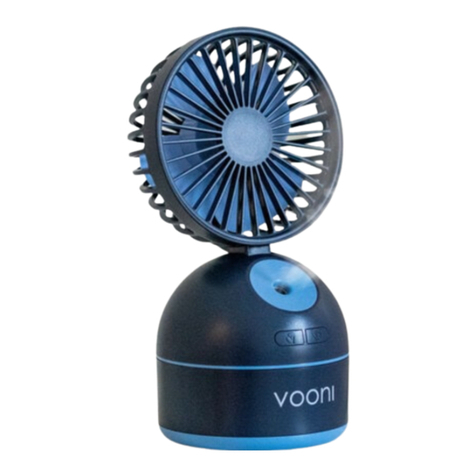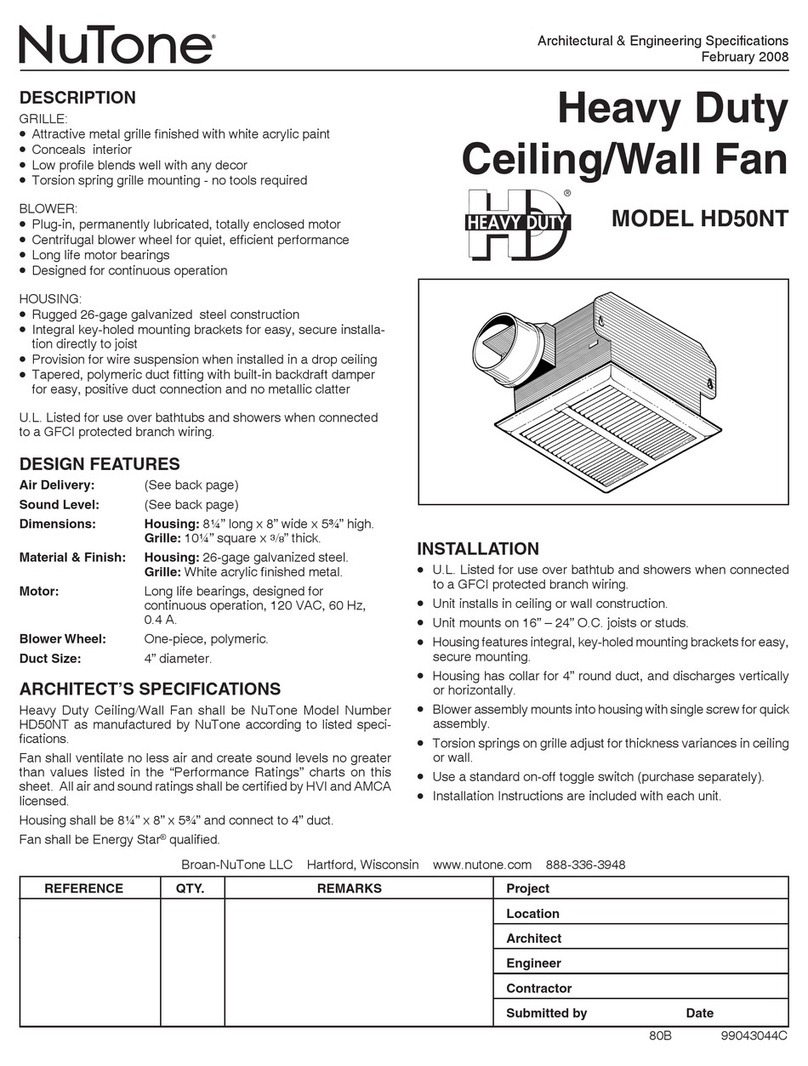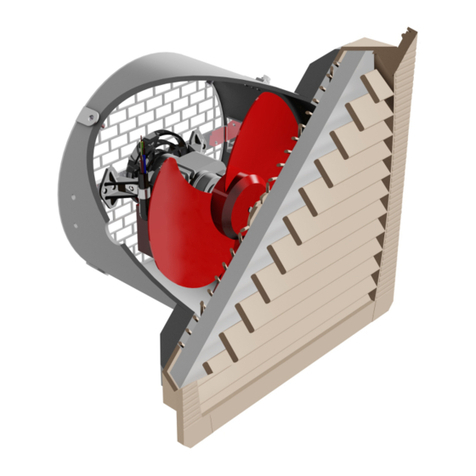TOPMAQ WP-08 Series User manual

125970-001 - Product Manual, WP-08 Series Hose & Canister - Revision 00 - Date: 2013-07-30
Product Manual:
WP-08 Series
Hose & Canister

125970-001 - Product Manual, WP-08 Series Hose & Canister - Revision 00 - Date: 2013-07-30 Page 3
Table of Contents
Section Description Page #
1.0......................................Safety..........................................................4
1.1...........................Safety Alert Symbol
1.2...........................General Safety Information
2.0......................................Introduction & Product Information........5
3.0......................................Configuration & Assembly........................5
3.1...........................Parts Diagram & List
4.0......................................Product Operation.....................................7
4.1...........................Product Description & Capabilities
4.2...........................Product Set-Up & Operation

125970-001 - Product Manual, WP-08 Series Hose & Canister - Revision 00 - Date: 2013-07-30
Page 4
The following section will address the safety precautions which must be adhered to when working with confined
Space Ventilation equipment .Any user must familiarize themselves with the information in this section before utilizing
the equipment.
SIGNAL WORDS:
Note the use of the signal words DANGER, WARNING and CAUTION with the safety messages. The appropriate signal
word for each message has been selected using the following guidelines:
DANGER- Indicates an imminently hazardous situation that, if not avoided, will result in death or serious injury. This
signal word is to be limited to the most extreme situations or for hidden or unseen hazards.
WARNING- Indicates a potentially hazardous situation that, if not avoided, could result in death or serious injury and
includes obvious and hidden hazards. It may also be used to alert against unsafe practices.
CAUTION- Indicates a potentially hazardous situation that, if not avoided, may result in minor or moderate injury. It
may also be used to alert against unsafe practices.
You are responsible for the safe operation of your Canister. You must ensure that anyone who will operate or work
around the equipment be familiar with confined space ventilation procedures. This manual will take you step-by-step
through the workings and capabilities of the Hose Canister and alert you to all good safety and operating practices
while using the system.
Remember, you are the key to safety. Good safety practices not only protect you but also the people around you. Make
these practices a working part of your safety program. Be certain that everyone operating in or around a confined space
is familiar with the procedures recommended and follows safety precautions. Remember, most accidents can be pre-
vented. Do not risk injury or death by ignoring good safety practices.
• The most important safety device on this equipment is a safe operator. It is the operator’s responsibility to read
and understand all of the safety and operating instructions contained within the manual and to follow them.
Most accidents can be avoided.
• A person must understand the operation of this equipment and be trained in it’s usage before operating the
equipment. An untrained operator exposes himself and others to possible serious injury or death.
• Do not modify the equipment in any way. Unauthorized modification may impair the function and/or safety and
could affect the life of the equipment.
• Think SAFETY! Work SAFELY!
1.0 - Safety
1.1 - SafetyAlert Symbol
SAFETY ALERT SYMBOL
This Safety Alert symbol means ATTENTION! BECOME ALERT! YOUR SAFETY
IS INVOLVED!
The Safety Alert symbol identifies important safety messages on your Confined
Space Product and in the manual. When you see this symbol, be alert to the
possibility of personal injury or death. Follow the instruction in the safety message.
Why is this symbol important to you?
3 BIG Reasons: Accidents Disable and Kill.
Accidents Cost You Money.
Accidents Can Be Avoided.
READ AND SAVE THESE INSTRUCTIONS

125970-001 - Product Manual, WP-08 Series Hose & Canister - Revision 00 - Date: 2013-07-30 Page 5
2.0 - Introduction & Product Information
Congratulations on your choice of a Hose & Canister to compliment your confined space ventilation operation. This
equipment has been designed and manufactured to exceed confined space requirements and regula-tions in order to
meet the needs of the discriminating user for operation by personnel working in and around a confined space..
Safe, efficient and trouble-free operation and maintenance of the system requires that anyone who will be operating,
maintaining, or inspecting the equipment, read, understand and follow all the operation, safety, maintenance, and
inspec-tion instructions contained within this manual. This manual covers the Hose & Canister. Use the Table of
Contents as a guide to find specific information.
Keep this manual handy for frequent reference and to pass on to new operators.
This product is a part of a system for confined space
ventilationoperations.Theusermustread,understand
and follow the instructions contained in this manual
before using this equipment.Failure to follow these
instructions could result in serious injury or death.
3.0 - Configuration &Assembly
Upon initial receipt of the Hose & Canister, inspect the packaging for any evidence that the product may have been
damaged in shipment. While unpacking the product, inspect all of the components for damage. If damage to any
of the components is discovered, Alert the shipping carrier immediately of the damage to the ship-ment.
Refer to the following parts breakdown diagram (Fig. #3.1a) and the accompanying table for identification of parts in
the event replacements become necessary. The parts identification table displays applicable part numbers, descrip-
tions, and quantity per assembly.
**Refer to parts list below if replacement parts are required.
Discharge air is to be directed to the building exterior.
3.1 Parts Diagram & List
Safety Precautions:
It is necessary to follow these safety precautions, each time, prior to using the product.
The Safety Precautions is not limited to, but must include the following items;
1. Do not use the Canister for anything other than its intended use.
2. Ensure that toxic fumes are not blown into a confined space.
3. Unattended use of equipment is not recommended.
1.2 - General Safety Information

125970-001 - Product Manual, WP-08 Series Hose & Canister - Revision 00 - Date: 2013-07-30
Page 6
Figure 2.1a: #WP-08 SERIES HOSE & CANISTER
Parts Diagram & List
Description
Canister With Ducting
Ref# Ref# Ref#
Description Description
17
18
19
20
21
22
23
24
2
3
4
5
6
7
8
9
10
11
12
13
14
15
16
1Handle
Canister
Rubber Foot
Rivet
Joint
PVCAir Ducting
Lid
Latch Mount
Flexible Latch
Screw 2
Qty
2
Qty
6
Qty
1
1
1
1
1
1
1
123
4
5
678
1
910
3.1 Parts Diagram & List (continued)

125970-001 - Product Manual, WP-08 Series Hose & Canister - Revision 00 - Date: 2013-07-30 Page 7
4.0 - Product Operation
The Canister is built from a high density polyethylene housing, which has a high resistance to chemi-cals and extreme
temperatures. The Canister is specifically designed to be used in conjunction with the #125965-001 Axial Ventilator
for confined space applications. All specifications, instructions, and procedures provided within this manual or upon
Specification Documents are based upon and only valid for usage with this unit.
Hose & Canister
Features:
•Low Maintenance
Materials & Construction
• Main Structure: - High Density Polyethylene Housing
4.1 - Product Description & Capabilities
The following section will address the capabilities and the general operation of the Hose & Canister. The instructions
contained within this section should be adhered to each and every time the product is used. Any person tasked with
installing or operating the piece of equipment should be familiar with these procedures.
WP-08 Series Hose & Canister
Width: 14.13 in (35.88 cm)
Length: 24.25 in (61.60 cm)
Height: 13.38 in (33.97 cm)
Weight: 13.50 lbs (6.12 kg)

125970-001 - Product Manual, WP-08 Series Hose & Canister - Revision 00 - Date: 2013-07-30
Page 8
Prior to Operation, the Canister should be configured and prepared according to the following guide-lines.
1. Pre-Operation Inspection:
It is necessary to perform a visual inspection, each time, prior to using the product (Refer to fig.4.2a).Ifde ficiencies
are found, remove the product from service and contact regarding repair. The following checklist should be used as a
guide to determine whether the equipment is in good operating condition prior to usage. Equipment that is not in good
condition can endanger the safety of those working around it.
The Pre-Operation Visual Inspection is not limited to, but must include the following items;
a. Check the Canister housing for any signs of damage.
b. Ensure that all rivets are intact and that the hose collar is firmly fixed to the housing.
c. Ensure that the hose is secured to the hose collar.
d. Check to see that there are no breaks or bends in the helix wire of the hose and also that the hose has no rips or
tears.
4.2 - Product Set-Up & Operation
Hose Collar
Helix wire
Hose fabric
Canister housing
Handle
Rivets
Rivets
Lid
Figure #4.2a: WP-08 Series Hose & Canister
Pre-Operation Inspection Points

125970-001 - Product Manual, WP-08 Series Hose & Canister - Revision 00 - Date: 2013-07-30 Page 9
Important Notes:
During confined space entry operations, it should not be assumed that the ventilator will maintain the air inside• the confined space at a safe condition. When the ventilator is in use, the air inside the confined space should be
monitored continuously for the presence of poisonous gases and/or toxic fumes.
Ensure that the ventilator provides positive airflow the entire time during usage.• Hose discharge is to be directed to the building exterior.•
2. Setup of Canister:
Choose a location where installation will provide suitable proximity to the work area yet minimize obstructions during
use.
Once a location is chosen;
a. To attach the canister to the ventilator, align the notches on the front of the canister with the side tabs on the ventila-
tor (Refer to fig. 4.2b), then use the rubber latches that are attached to the canister to affix the canister to venitlator
(Refer to fig. 4.2c).
b. The ventilator should be placed 1.5 meters upwind where possible (Refer to fig. 4.2d), from the confined space,
and have its inlet pointed into the wind. This will reduce the chance of contamination being blown into the confined
space.
c. Unfasten the hose retainer then extend and place the ventilator hose as required.
d. To detach the canister from the ventilator, release the rubber latches and pull the units apart.
e. Feed the hose back into the canister housing and buckle the retainer straps to hold the hose for storage or trans-
portation.
4.2 - Product Set-Up & Operation (continued)
50” (1.5 meter)
Wind Direction
Figure #4.2d: WP-08 Series Axial Ventilator & WP-08 Series Hose & Canister
Figure #4.2b: WP-08 Series Axial Ventilator &
WP-08 Series Hose & Canister Figure #4.2c: WP-08 Series Axial Ventilator &
WP-08 Series Hose & Canister
Table of contents
Popular Fan manuals by other brands
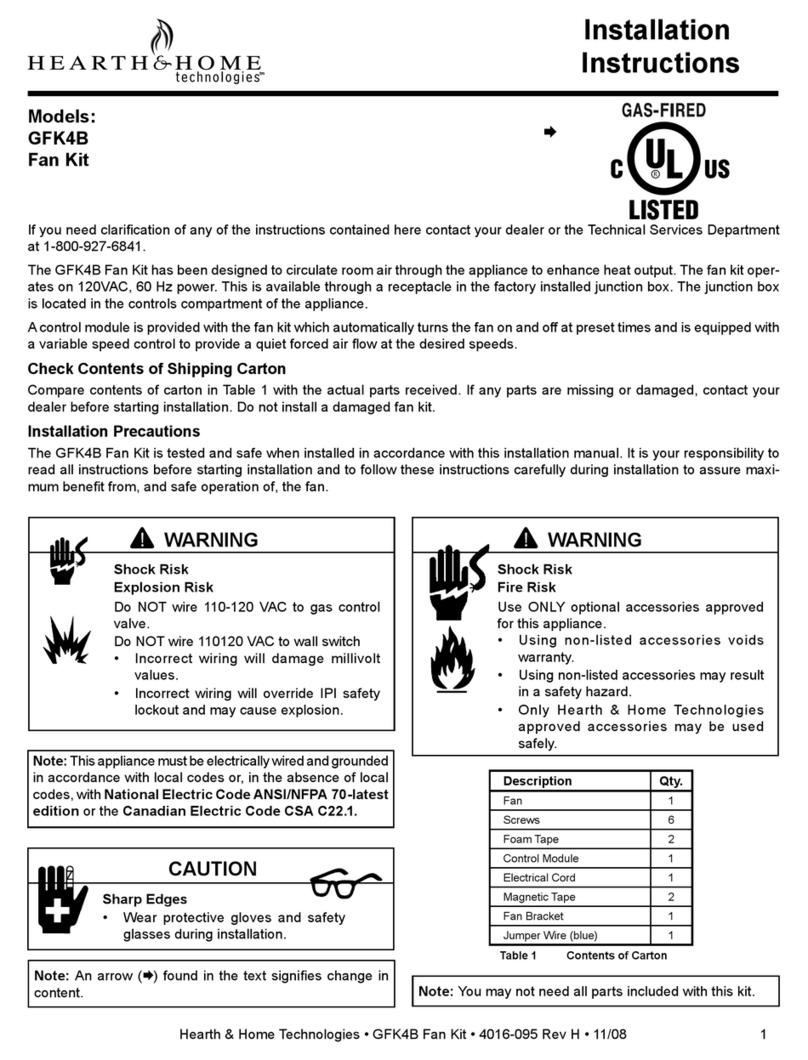
Hearth and Home Technologies
Hearth and Home Technologies GFK4B installation instructions

Somogyi Elektronic
Somogyi Elektronic home TF 14B instruction manual
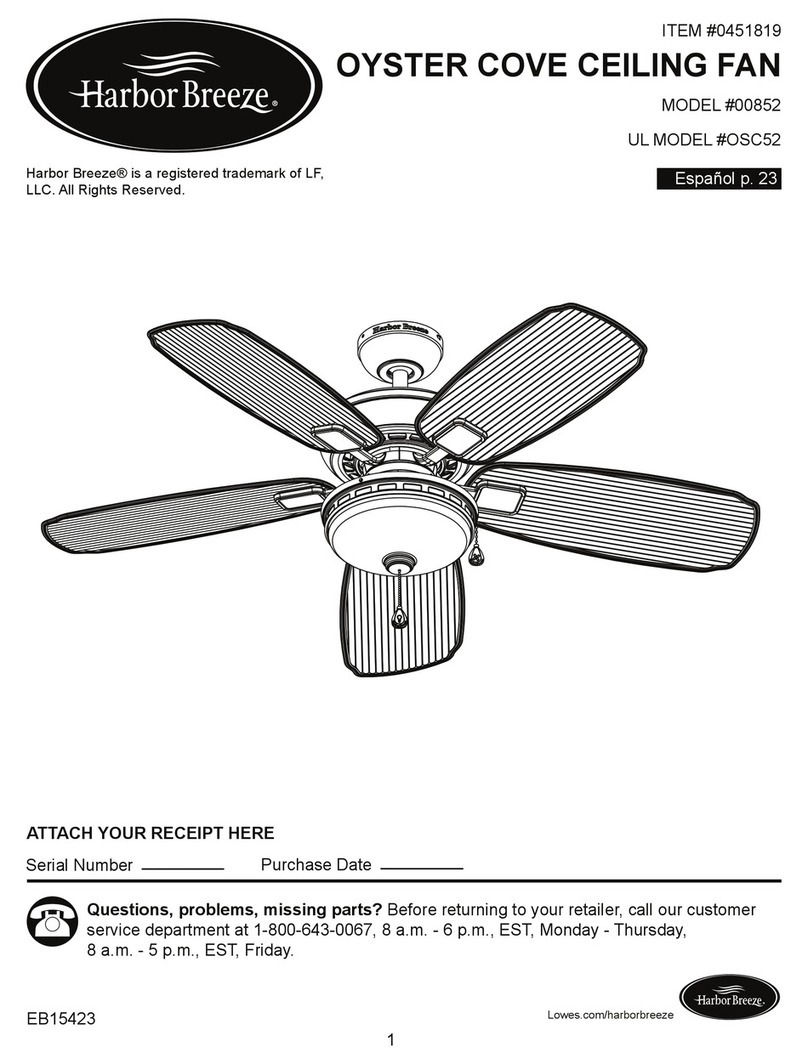
LF
LF Harbor Breeze OYSTER COVE manual
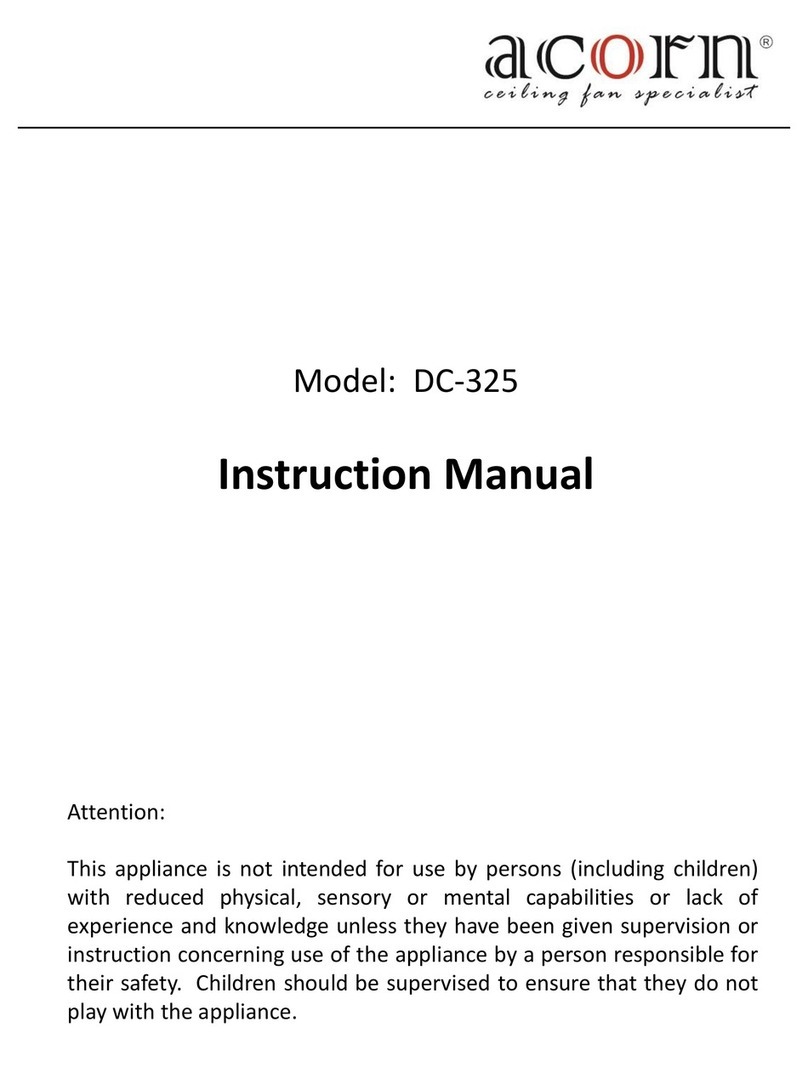
Acorn
Acorn DC-325 instruction manual
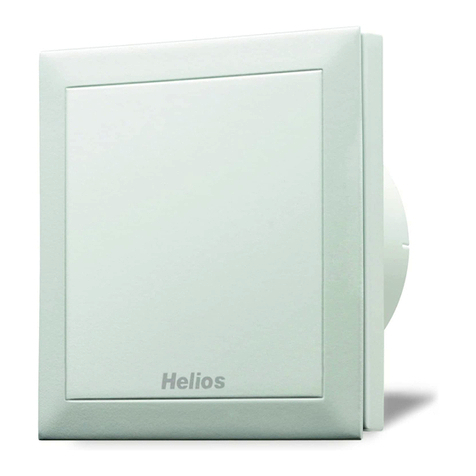
Helios
Helios MiniVent M1/100P Installation and operating instructions
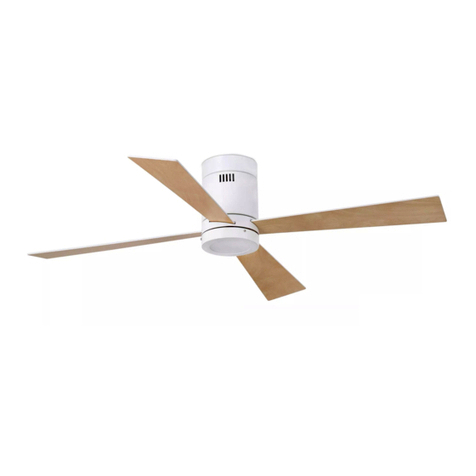
Faro Barcelona
Faro Barcelona Timor manual
![LG LZ-H080GBA2 [ARVU053ZEA2] Engineering manual LG LZ-H080GBA2 [ARVU053ZEA2] Engineering manual](/data/manuals/w3/a/w3a1/sources/lg-arvu053zea2-manual.jpg)
